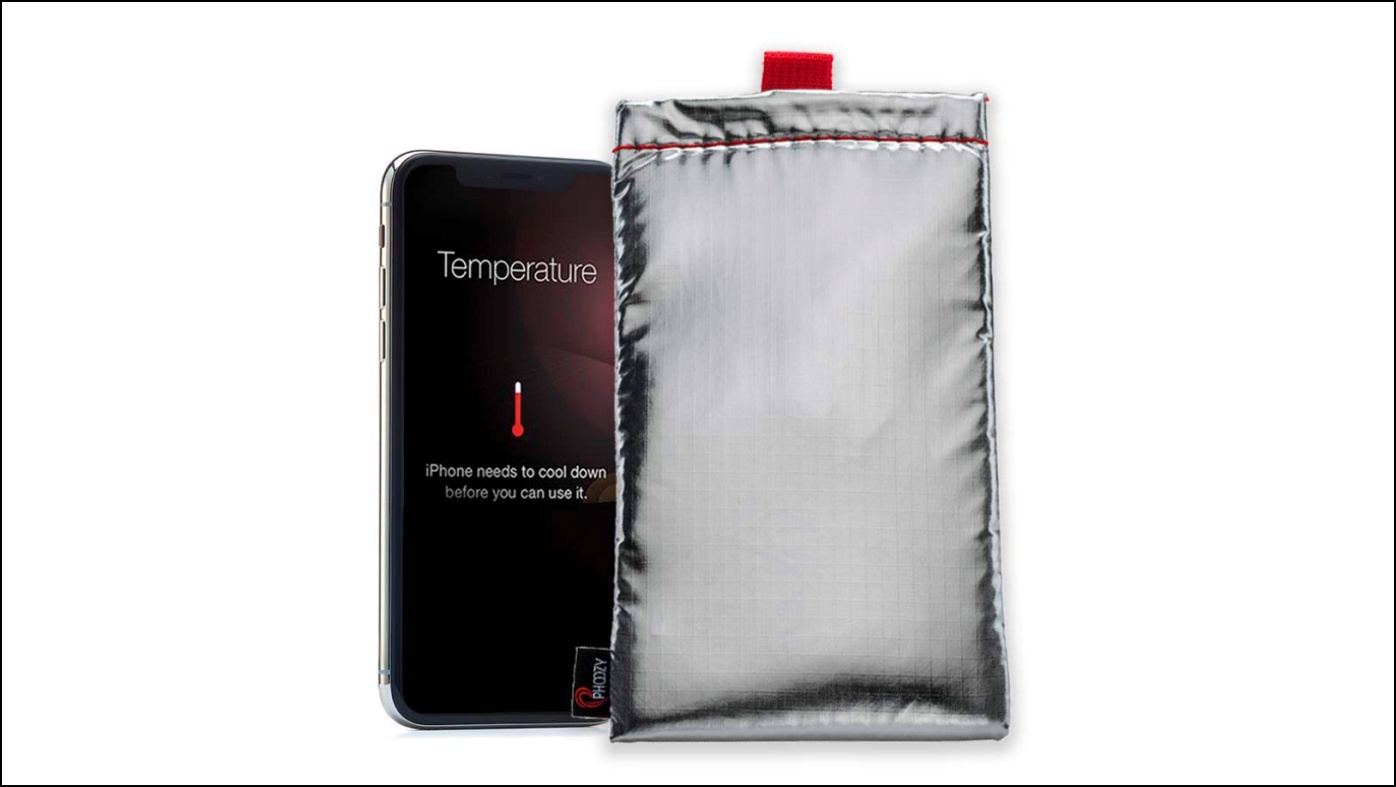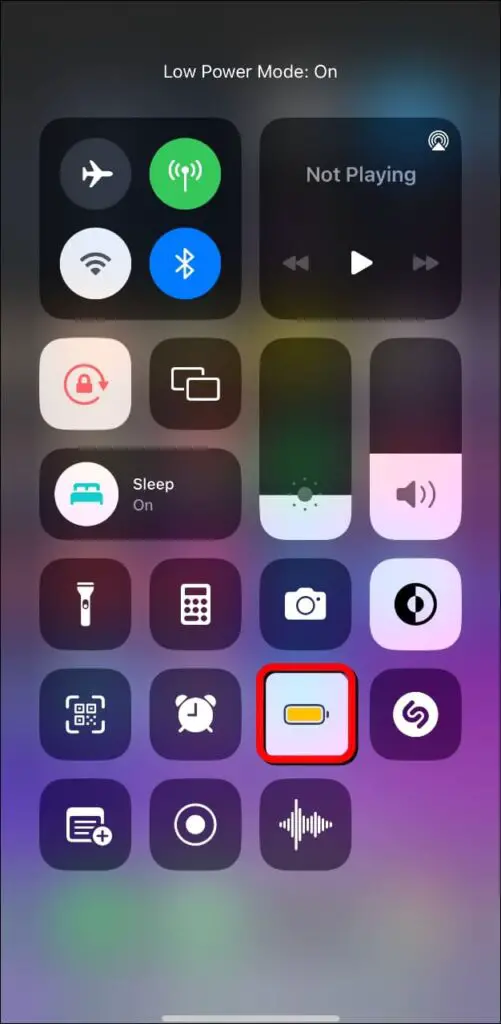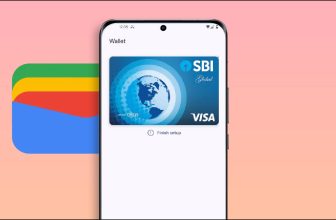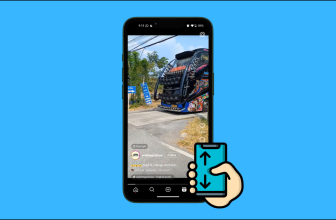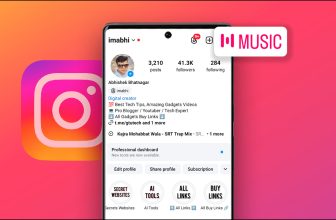The Truth About Your iPhone Handling Extreme Temperatures

[ad_1]
Overheating is a major concern for most smartphone users, and iPhone owners are no different. Though there can be various factors causing your phone to overheat, it is important to know why your iPhone heats up, how it affects its battery life, and how it handles extreme hot and cold temperatures. And in this article, we will help you answer these questions and more.
Ideal Operating Temperatures for an iPhone
Apple has designed the iPhones to work in a wide range of ambient temperatures, but Apple’s ideal recommended temperature for iPhones and iPads is between 0º and 35º C (32º to 95º F ).
Your iPhone will perform optimally within the recommended temperature range. Sometimes it is okay for your device to get warm and heat up like during the first setup process, but prolonged exposure can negatively affect the battery life.
How Does Excess Heat or Cold Effect your iPhone’s Battery?
The battery is among the most important part of your iPhone, and it is designed in such a way as to hold its charge efficiently. However, it is still susceptible to extreme rise or fall in temperature, which can lead to battery draining faster than usual. It can also lower the battery health of your iPhone and permanently damage the battery capacity.
What Causes Your iPhone to Heat Up?
Usually, your iPhone getting warm is normal, but it is important to understand what conditions can cause your iPhone to heat up. Here are a few examples:
- Playing games for a prolonged period.
- Using AR and other intensive apps and features.
- Video recording in 4K quality.
- Streaming UHD videos.
- Wirelessly charging your iPhone dissipates more heat.
- Extremely high ambient temperature.
- Navigation with GPS turned on.
- Using your phone while charging.
- Charging your iPhone with a third party or MagSafe charger or Powerbank.
As you can see, most of these conditions result from CPU or battery-related tasks, which results in the iPhone heating up.
What Happens When Your iPhone Overheats?
Every iPhone checks and regulates the temperature of internal components like the CPU and battery. When the temperature goes above the normal range, required precautions are taken to cool down the device. As a result, the following things can happen when your iPhone overheats:
- A battery temperature warning will appear.
- The screen goes dim or black.
- Your iPhone will stutter or lag while recording videos.
- Charging speed slows down or completely stops altogether.
- The camera flash stops working for a while.
- Performance is throttled.
- The low power mode is enabled for cellular radios, causing a drop in signal strength.
- The phone abruptly turns off.
These are some of the steps taken by your device to prevent the build-up of access heat and cool down the device to prevent the internal parts and components. Similarly, the phone automatically turns off in extremely cold temperatures.
How to Prevent Your iPhone from Overheating?
Now that you know the reason behind your iPhone heating up and how it can have major effects on your battery life, it is time to learn a few ways that you can try to prevent your iPhone from overheating.
1. Turn Off Your iPhone
If you see the high-temperature warning message and you are concerned about your device, then it is better to shut it down till it reaches normal temperature. Turning off your iPhone will close any background or foreground process and preserve your battery. This is how you can turn off your iPhone:
Step 1: Press and hold the side power button.
Step 2: A slider will appear. Drag the slider from left to right to turn off your device.
Your iPhone will take around 15-30 seconds to turn off completely. You can let it rest until it cools down and turn it on again.
2. Remove Cases and Other Obstacles
Some rugged and thick cases do not account for proper ventilation. The heat your phone is giving off gets trapped, causing your device to heat up further. So if you feel your iPhone is warming, remove it from the case until it is normal to the touch again.
The same goes for other obstacles. If you have kept your phone in your pocket or in a closed environment, then take it out of your pocket.
3. Use Apple Certified Products for Charging
Only use the USB cable shipped with your iPhone for charging and authentic Apple MagSafe products for wireless charging. You can also opt for cheaper third-party chargers but make sure that the cable, adapter, and power bank are Apple certified.
Inauthentic chargers and cables might not be able to transfer the required current causing your iPhone to get hot. Do note that it is normal for your iPhone to get warm while charging with MagSafe but if you feel your device I overheating, then unplug the MagSafe charger.
4. Avoid Using Phone Under Direct Sunlight
Try not to use your iPhone under direct sunlight if the outside temperature exceeds the recommended range. Also, ensure not to leave your phone in the car in hot weather conditions as the inside of the car gets heated up easily and can damage the phone due to excess heat.
5. Use External Fans While Gaming
If you do not want to pause your gaming session but also fear your iPhone getting overheated, then it is best to get an external fan like the one shown below. It fits all smartphones, and the fan keeps your smartphone cool, so it does not overheat and provides optimal performance in gaming.
6. Avoid Using Your iPhone While Charging
It is not easy for most of us to put our phones down, even for a few hours. But using your phone while charging causes it to charge slower than usual and also throttles the performance of your device as it starts to heat up.
So it is best to give your phone and yourself much-needed rest and let your iPhone charge properly. Also, avoid charging it wirelessly if possible. Wireless charging heats the charging coil at the rear and is quite inefficient, generating more heat than wired charging.
7. Turn Off Intensive Tasks
If you feel your phone is getting hot and starting to lag, close any CPU-intensive tasks if possible. Like video recording, editing on movie maker, and any games or streaming services running in the background. Once you have closed these apps, wait for your iPhones temperature to settle back to normal.
How to Use your iPhone in Extremely Low Temperatures?
Suppose you live in a place where the temperature falls below 0°. In that case, keeping your iPhones in a warm environment is important as the extremely cold temperatures can cause your iPhone to shut down or permanently damage your Battery health.
Here are some precautions you should take to use your iPhone in a cold environment:
1. Keep your iPhone in a Covered Environment
When going outside in weather below the freezing point, you should keep your iPhone covered, like inside the pocket of your jacket or sweater. Make sure to keep your device close to your body, as the body heat will help keep your device warm, preventing any damage.
2. Get a Thermal Case for Your iPhone
Thermal cases help to protect your iPhone from extreme hot and cold temperatures. So if you are planning a trip somewhere cold or live in a place where the temperature stays around 0° and below, then you should invest in a thermal case to keep your iPhone warm and cozy.
3. Enable the Low Power Mode
Due to low temperature, the battery does not last very long and drains quickly. This is why you should enable the Low Power mode on your iPhone, which will help to keep the device running for a little longer.
To use the Low Power Mode, go to Settings > Battery > Turn on the toggle for Low Power mode. It will restrict some functionality but increase its battery life.
Another easier method is to turn on Low Power mode on your iPhone. Simply pull down the Control Center and tap on the Battery icon.
4. Charge your iPhone in Warm Temperature
Trying to charge your iPhone in freezing conditions can affect its battery life, and it might also take a long time for your phone to charge. So it is recommended to charge your phone in a warm place or warm it up before charging. This will help the phone charge properly and hold the charge for longer.
Wrapping Up
This brings us to the end of our article. Apple designs the iPhone to withstand a wide range of temperature changes, so it is okay if your device gets warm or even mildly hot sometimes, but this should not be a common occurrence. Temperature changes, especially extreme heat and cold, mainly target your smartphone’s battery, which needs to be in a balanced environment to work efficiently. If you have more questions, let us know, and stay tuned for more such articles and How-Tos.
You might be interested in:
[ad_2]
Source link








